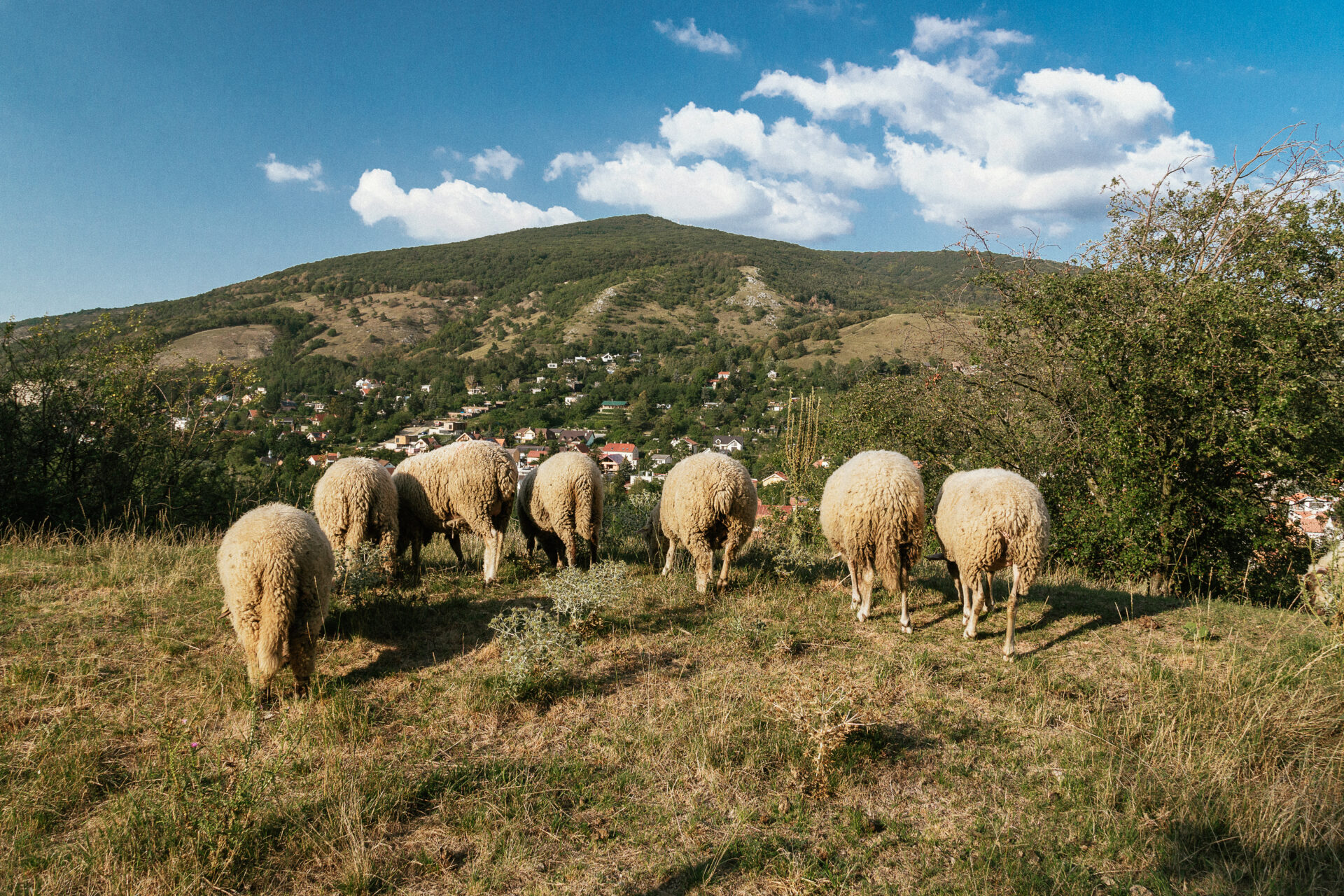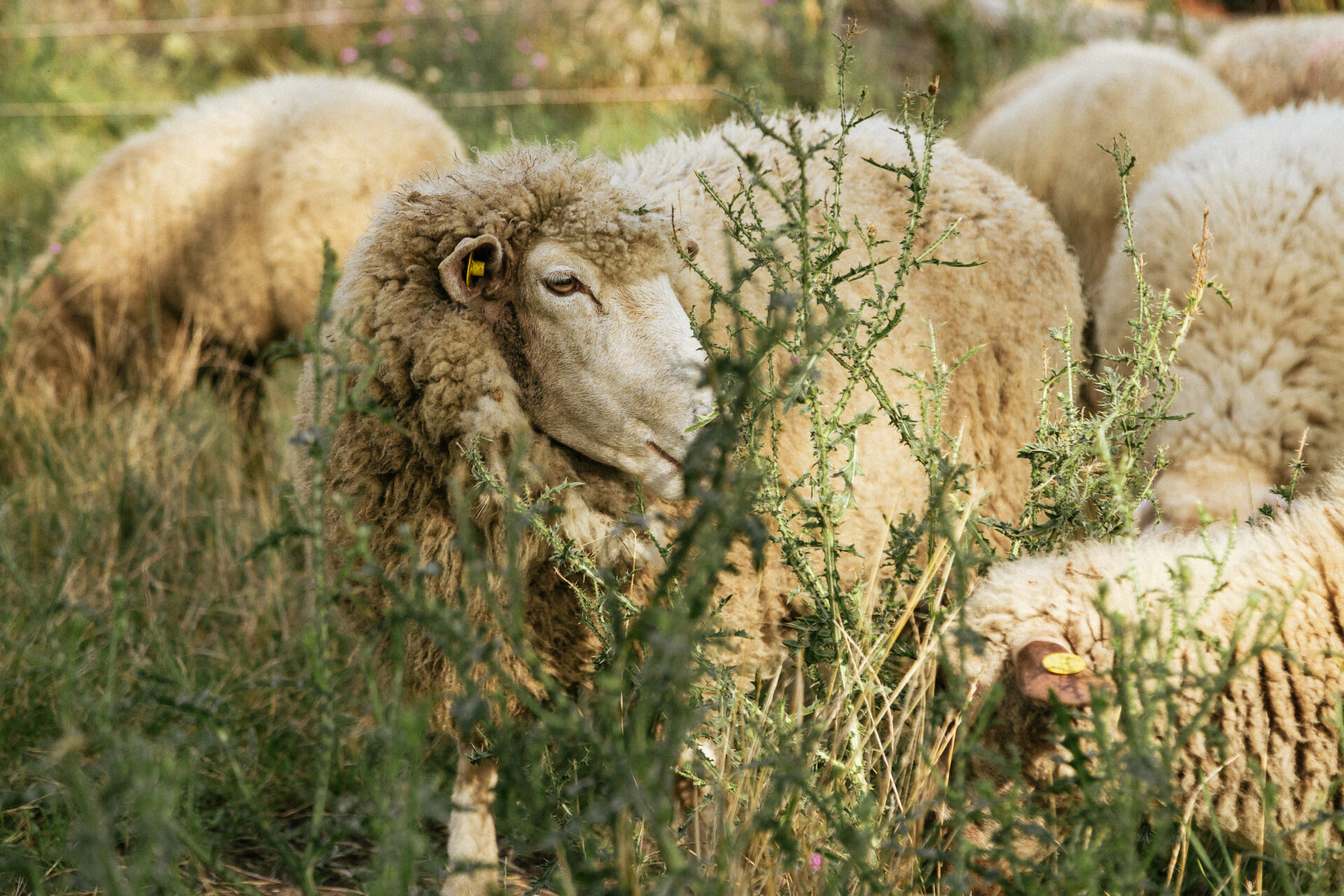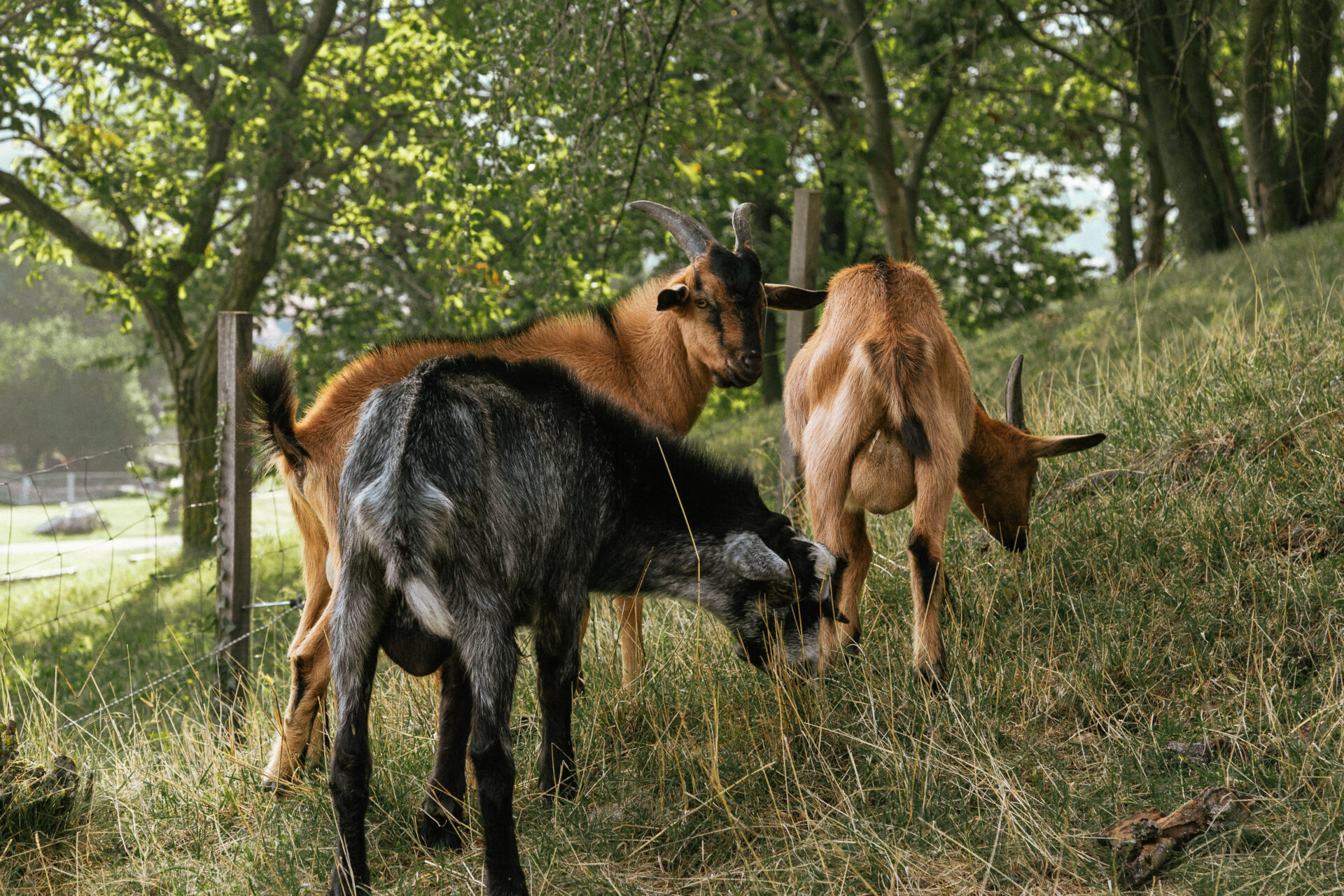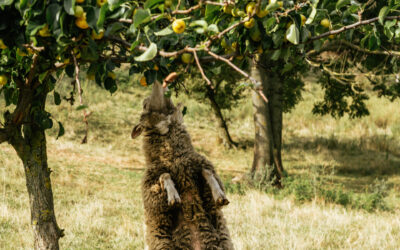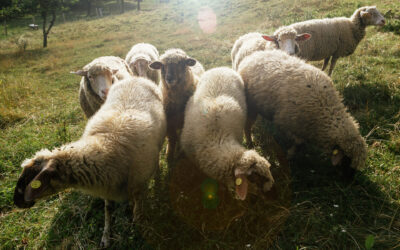Natural pasture
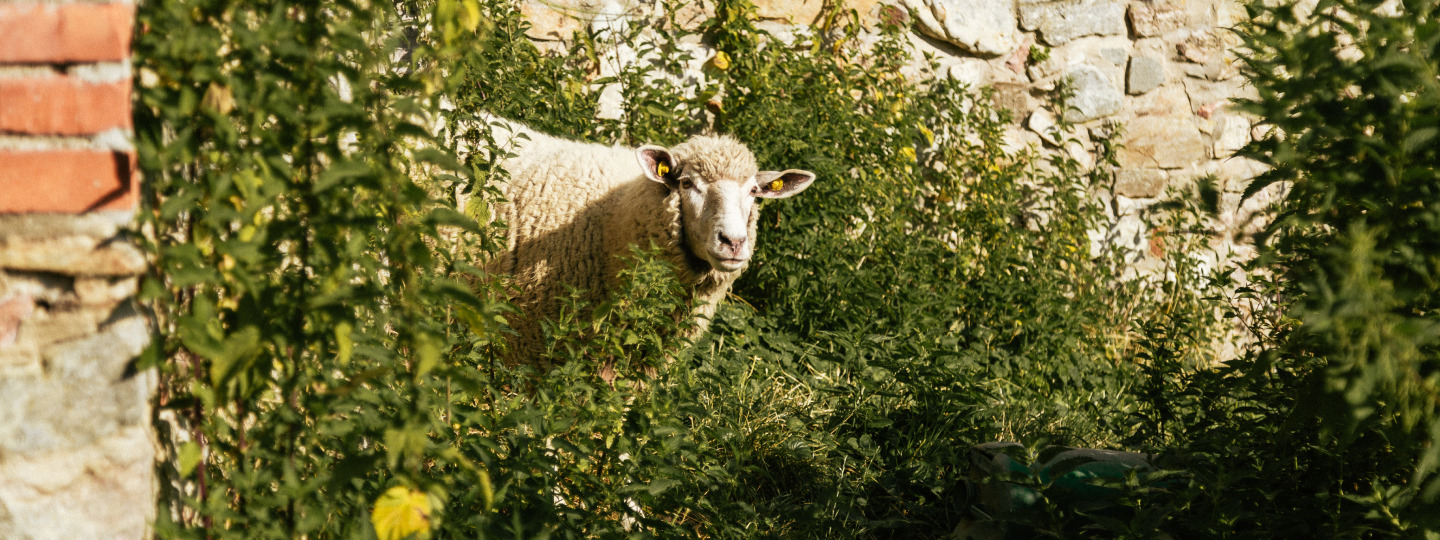
Herds of big herbivores such as bison, aurochs, wild horse were grazing meadows under Devín first and then humans continued in their activities. They pastured their livestock at the same places where the wild animals had been grazing before. Pasture contributed significantly to the key function of the castle – defence.
Historical paintings show castles on bare hills as opposed to the current picture in Slovakia – castle hills are woody, and the ruins are barely visible.
If, in the Middle Ages, defenders wanted to defend a castle, they would need to have a good view from the walls. It would have been a disadvantage for them if the coming invaders could hide behind big trees and attack the castle from behind them. Castle hills had to be bare. Woodlessness was kept either by scything or by pasture, as it was in Devín.
By making a castle woodless, its inhabitants contributed to biodiversity. Many light-dependent species survived on grazed meadows.
Pasture had been operated here for thousands of years from the ancient times almost until these days. The pasture tradition started to vanish continuously from the 50s of the 20th century. Bushes and invasive plants started to expand in the locations and the values herbivores and humans were contributing to for thousands of years started to disappear from the countryside. The examples include meadow, steppe, and forest-steppe biotopes, formerly full of insects, butterflies, orchids, or pasqueflowers.
Circa seven years ago, the Bratislava City Museum contacted the Regional Association for Nature Conservation with the idea of recovering pasture and, since then, the castle meadows have been grazed. The animals do not spend winter here; they are always brought here at the beginning of the castle season.
It is a cheaper, more ecological, cleaner, and less noisy alternative to power mowers. There is no noise in the areas to be maintained every year. The carbon footprint of pasture is much lower than that of mechanized mowing. For many townspeople, it is the nearest place where they can see grazing animals.
Circa eight sheep and five goats participate on grazing the growth. Whereas sheep are focused on the lower parts, goats use to choose higher levels, i.e., they are mainly used in the upper part of the castle to help suppressing growth and occurrence of bushes.
These animals remind us of the appearance of the former Slovak countryside. In the Middle Ages, pasture helped to defend the castle, today it protects the castle from fires and helps to keep biodiversity.
Text author: Andrej Barát
More about the natural pasture
Taste is hidden behind the variety of meadows
Animals distinguish between particular kinds and species of plants both visually and upon their taste and they can distinguish whether a plant is young – juicy, full of required nutrients, and easily digestible – or it is old, with lower content of nutrients, and less...
The animals put the mosaic together, that’s why it is working
A tractor mower would mow the whole area at once. However, that is end of the biota of the grass. Maintenance of the biotope provided by animals varies both in the space and time; they do not graze everything at once, they create a mosaic. Some parts of meadows end...

